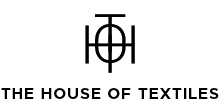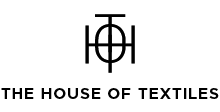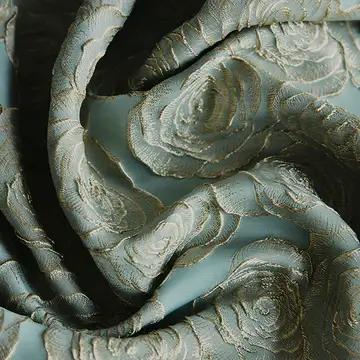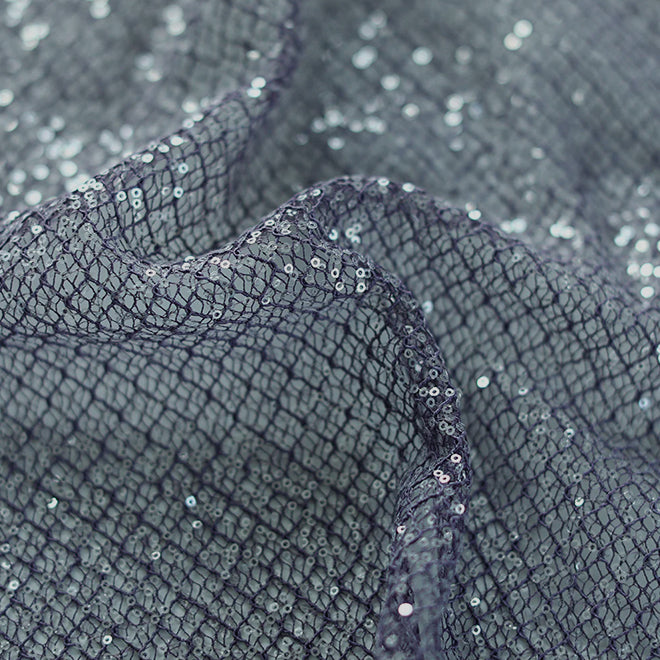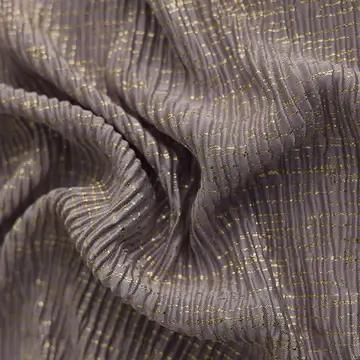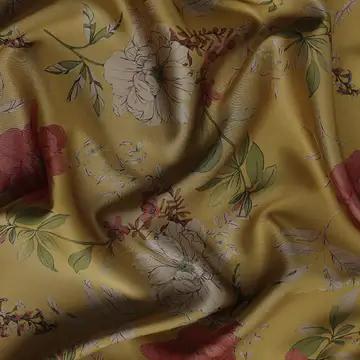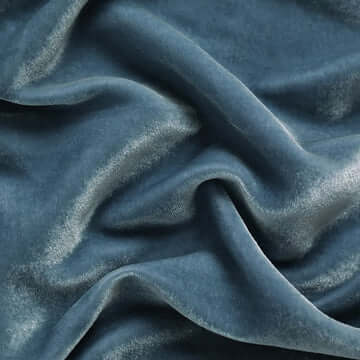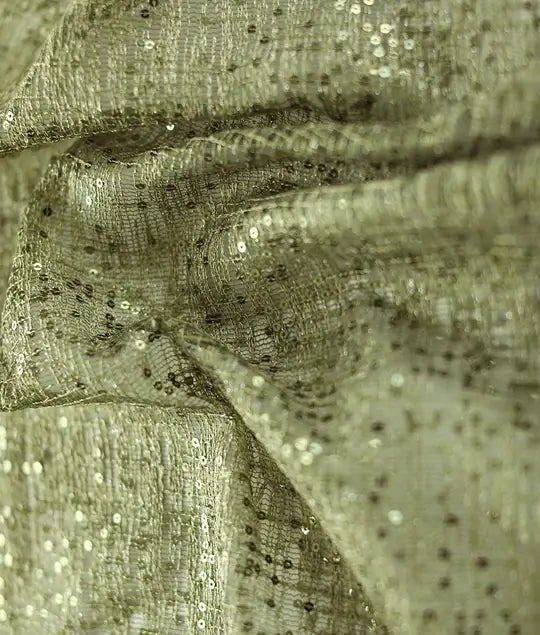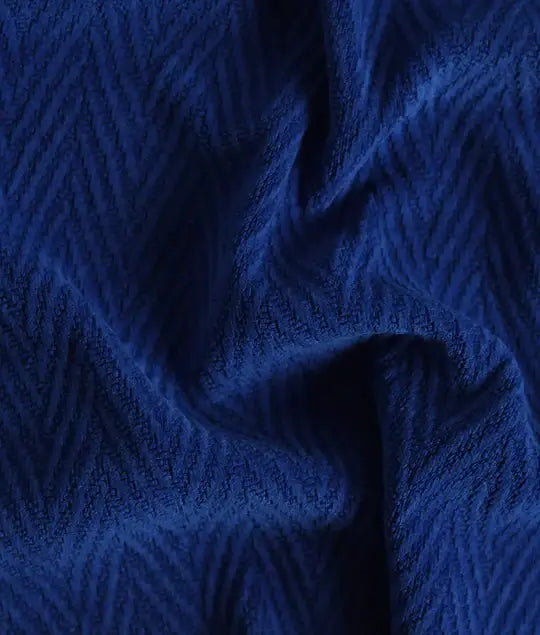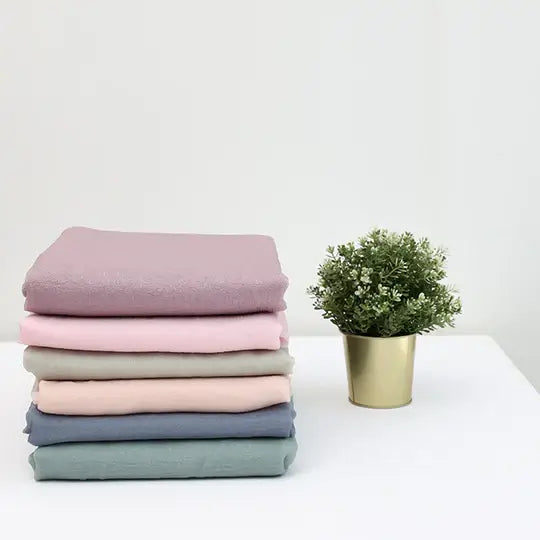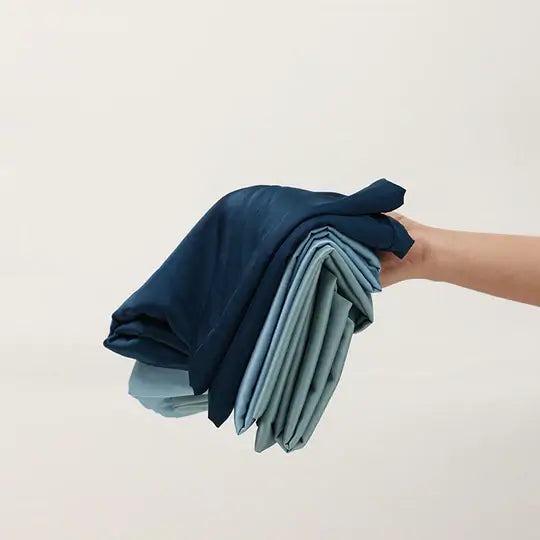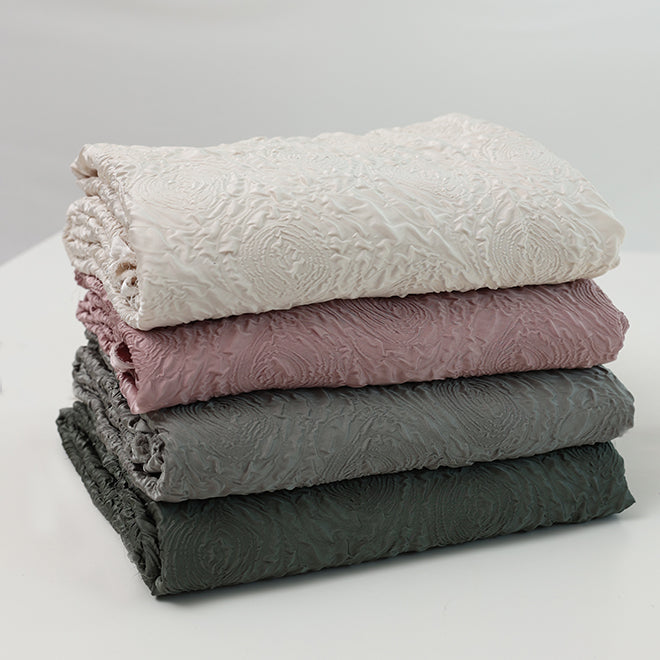Understanding Fashion Fabrics: A Comprehensive Guide
It's fascinating to learn about the past of legendary fashion businesses, their designers, and their classic pieces when studying fashion. However, it's also critical to understand the primary textiles utilized in the fashion sector.
You must be able to identify textiles when reporting a runway, regardless of whether you want to deal directly with fabrics as a fashion designer, product developer, or pattern maker, or even if you just want to cover fashion shows as a fashion journalist. In general, you need to be knowledgeable about the products, starting with textiles, regardless of the area you wish to work in.
We shall explore the different design fabrics in this post and present you a thorough overview.

What Are Textiles: A Guide to Fashion Fabrics
The materials and textiles used to make apparel, accessories, purses, and shoes are referred to as design fabrics. They are essential to the fashion industry since without them, certain goods could not be made. Furthermore, you should be aware of what you are wearing.
We can judge the quality, feel, and appearance of fashion products through the textiles they are made of. Fabrics are chosen by fashion designers and manufacturers according to a number of criteria. It covers the intended look, feel, toughness, and use of the finished item. It's critical to understand the various textiles and their distinctive characteristics. This is to guarantee that the right design fabric is selected for particular goods.
- Chiffon
Soft, light-weight, and sheer, chiffon has a texture that is slightly scratchy. It is frequently used to make delicate and sophisticated clothing, including scarves, evening wear, bridal gowns, lingerie, and blouses. Although silk is usually used to make chiffon, other design fabrics like polyester can also be used. Chiffon is a great fabric for sleeves and overlays because of its good drape and transparency.
- Leather
Sheep, goats, pigs, and exotic creatures like alligators, crocodiles, and snakes are among the species whose hides or skins are tanned to produce leather. Leather skins offer clothing an opulent appearance and are commonly used on accessories like wallets, handbags, and belts. They are also noted for their exceptional endurance and resilience.
Leather comes in a variety of forms; some are smooth, while others have a more noticeable grain or texture. Examples of these include full-grain leather, which keeps the outermost layer of the hide intact and is prized for its strength and natural markings; top-grain leather, which has had its top layer sanded and finished for a more consistent look; and different kinds of split leather.
- Linen
The flax plant, notable for its blue blooms and thin stalks, produces the fibers used to make linen, a natural textile material. It is regarded as one of the world's oldest and most popular textiles because of its exceptional permeability and cooling properties, which make it the ideal fabric for spring and summer. Slubs, or tiny, uneven knots or flaws in the design fabrics, give linen a distinctive, somewhat gritty texture and a slubbed appearance that enhances its rustic, natural appeal. In its natural form, linen is usually off-white or pale beige, though there are some color variations.

- Polyester
One of the textiles that is used extensively worldwide is polyester. It is a broad term for any synthetic textile or fabric made of plastic components or polymers that are produced chemically. Because its primary component, ethylene, is derived from fossil fuels, this fabric is known for being inexpensive and non-sustainable. Thankfully, polyester is recyclable and can be made into new polyester goods.
- Satin
A weaving technique known as "floats" is used to create satin, a shiny fabric that is instantly recognized by its smooth, glossy, and lustrous surface. The threads are woven so that most of the threads run down the fabric's surface.
Originally, only the wealthiest and royal families could afford to wear satin because it was composed of silk and exceedingly costly. These days, a larger spectrum of consumers may purchase it because to less expensive synthetic copies.
- Silk
One of the most expensive textiles in the world is silk, a natural fiber prized for its smoothness, gloss, and delicate texture. It can be used with other fibers, such wool or cotton, to make textiles with special qualities.
China has long maintained its status as the world's leading producer of silk. Silk is incredibly pricey and has been highly prized for generations. Because of its refined appearance, it goes well with tuxedos and evening gowns as well as blouses, pajamas, lingerie, and ties.
- Wool
The natural fiber used to make wool comes from animal hair. Typically, the fleece comes from sheep, goats, rabbits, and even some kinds of camels (which have camel hair and cashmere and mohair). These wools are all distinct varieties.
Wool's inherent ability to insulate is widely known. In cold weather, it works wonders as a material to keep the body warm. Moreover, it is among the greenest materials.

